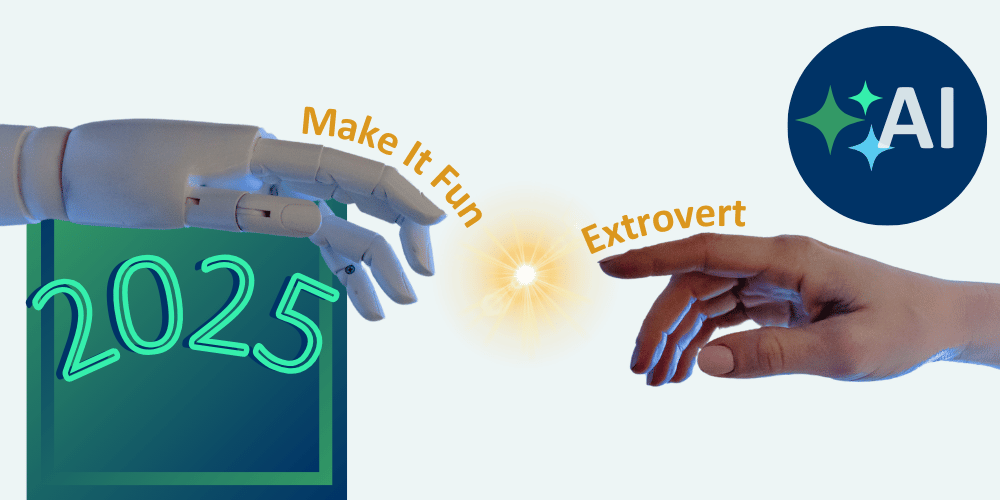Do Behavioral Assessments Give Your Business an Advantage?
With insights into behavior, you can enhance the employee and client experience and have better control over the trajectory of your business!
Our purpose-driven software and behavioral experts work together to meet your business needs best.
Our app lets you toggle between insights most relevant to the employee or client experience.
Key behavioral insights can be integrated into your favorite web tools and custom applications.
Our behavioral experts can help you get the most out of our technology through training programs, customized workshops, and more.
Register for one of our online events to get focused guidance on the practical uses of our platform and have your questions answered.
Learn how we use psychometric measurement to accurately predict a person’s personality traits for identifying their behavioral style and money attitudes.
Reinforce your understanding of how BeSci Tech can create a life-changing shift in the way people think, make decisions, run their businesses, and relate to others.
Get a little background on our business and take a peek at the behavioral style reports of our team members!
Got questions? We're available by phone, email, or chat to discuss any of our behavioral solutions.

When two people have conflicting behavioral patterns, working together can be both draining and counterproductive.
If you find yourself constantly clashing with a certain co-worker or client, chances are, your behavioral styles are at the opposite ends of the spectrum. So, making that relationship more synergistic will take more than sheer will or tolerance. You’ll need a window into how they think and operate. Behavioral insights can give you the answers you need!
The 10 Unique Natural Behavioral Styles
DNA Behavior has boiled down behavior patterns into 10 unique styles. There is no right or wrong, good or bad, about any of them. They simply help us put language around behavioral patterns so we can understand differences. Here they are along with their top defining traits.
Adapter – Compliant, Respectful, Courteous
Community Builder – Easy Going, Promoter, Understanding
Engager – Outgoing, Expressive, Talkative
Facilitator – Balanced, Discerning, Harmonious
Influencer- Ringleader, Assertive, Visionary
Initiator – Results Driven, Logical, Decisive
Reflective Thinker – Considered, Focused, Stable
Relationship Builder – Advocate, Dependable, Loyal
Strategist – Evolutionary, Visionary, Structured
Stylish Thinker - Sharp, Cutting edge, Precise
The Behavior Matrix
Various matrices have been created to show how personality traits and/or behavioral styles relate to each other. In our matrix below, individuals in the same quadrant share more similarities, while those diagonally across from each other will be most different.

Which Behavioral Traits Are Opposites?
Every behavioral style has its own merits, but even positive traits can conflict. Our purpose in comparing the intrinsic natures of people is so that they can appreciate each other’s strengths and find common ground. No matter how different they are, deeper connections are possible.
Now, let’s consider a few scenarios between behavioral opposites:
Fast-Paced vs. Careful
Influencer (fast-paced): Influencers are very confident and assertive as they express their vision and goals. They can see the future and want to create it sooner rather than later. Too many details may bog them down, as they tend to make decisions by weighing just the most relevant facts.
Adapter (careful): While they are generally good at modifying their behavior as needed, Adapters operate most effectively with very clearly defined expectations and boundaries. They gravitate towards facts, figures, and data to help minimize risks in their decision-making.
What to Expect in a Client Meeting: Let’s say an Influencer has a client meeting with an Adapter. In this scenario, imagine that the Influencer is the relationship manager, as might be expected by someone who prefers to be in charge. The Adapter may feel pressured to operate outside their comfort zone, especially concerning higher-risk financial investments. While the Influencer can see the potential gains, the Adapter would prefer to play it safe and avoid the unknown. Trust will be hard to build in this situation.
Results-Oriented vs. Relationship-Oriented
Reflective Thinker (results-oriented): Reflective Thinkers are precise and prefer to be fully informed before making decisions, usually taking the opinions of others into account. They tend to be structured and analytical in their approach.
Community Builder (relationship-oriented): Community Builders excel at meeting people and promoting cooperation. They seek supportive relationships that are appreciative and empathic towards one another. When making decisions, they tend to do what “feels right.” They may even delay or avoid making decisions or wait for a consensus, so relationships are not compromised.
What to Expect in a Team Environment: We’ve all been on teams or in meetings where someone around the table was hitting a nerve. Imagine if a Reflective Thinker and a Community Builder were sitting across from each other. The outspoken Community Builder could stress a Reflective Thinker by inspiring people to agree to a plan without a more thoughtful analysis. The Community Builder, on the other hand, operates at a high level, not wanting to be bothered with the details that the Reflective Thinker will demand. Tension, therefore, might run high.
Planned vs. Spontaneous
Stylish Thinker (planned): Stylish Thinkers are analytical and thorough, but also highly engaging, typically connecting with others easily and making decisions only after gathering all the pertinent information and details. Expect their work to be highly accurate and well-considered.
Engager (spontaneous): Engagers are very outgoing and social. They need to engage, be publicly recognized, and be free from details. They tend to be instinctive and spontaneous, often thinking out loud.
What to Expect When Running a Business Together: Imagine that a Stylish Thinker and an Engager pair up to run a small business. These two behavior styles can make for an amazing team when they respect each other’s strengths and stay out of each other’s way. But if the Engager needs help achieving a goal, the request may lack the details the Stylish Thinker requires to act. Likewise, if it’s the Stylish Thinker who asks for assistance, the Engager may not have the patience to listen to a litany of instructions. So, they tend to limit each other’s ability to get the job done and will likely bump heads as they struggle to get what they need from each other.
Take-Charge vs. Cooperative
Strategist (take charge): Strategists are strongly results-oriented and love a good challenge. They have a rational, impartial approach that enhances their ability to make difficult decisions.
Relationship Builder (cooperative): Relationship Builders are friendly, kind, and empathetic to others they interact with and gain fulfillment by helping others to achieve their goals.
What to Expect From the Project Team: Consider a Strategist paired up with a Relationship Builder for a project. On the surface, these two seem like they would complement each other well. In reality, however, the more relaxed and instinctual style of the Relationship Builder might frustrate the Strategist who prefers more direct responses that get to the point quicker. Conversely, the Relationship Builder may be alienated by a perceived lack of appreciation for their input.
What Do You Do With This New Knowledge?
As you can see, even those on opposing quadrants of the matrix have commonalities. However, there are significant differences between them when it comes to decision-making and their approach to work. So, after you know each other’s behavioral profile, you have three options. You can use your new understanding to:
Adapt your style to “meet them halfway”
Match employees or clients according to shared behavioral traits
Create balanced teams (even marriages!) where people know and appreciate their differing styles
Can’t We All Just Get Along?
Yes, we can all get along! Opposites may or may not attract, but they can respect and value each other. At the end of the day, you don’t want to be surrounded by replicas of yourself. We need each other to be different to fuel innovation and productivity…and to keep our experiences interesting.
If you want to know more or create your own behavioral profile, you can try it for free!

With insights into behavior, you can enhance the employee and client experience and have better control over the trajectory of your business!

Investors are now more impulsive than ever... Here’s how to stay one step ahead!

To the DNA Community: As the doors to 2025 open, I find myself reflecting on the remarkable year we just shared.